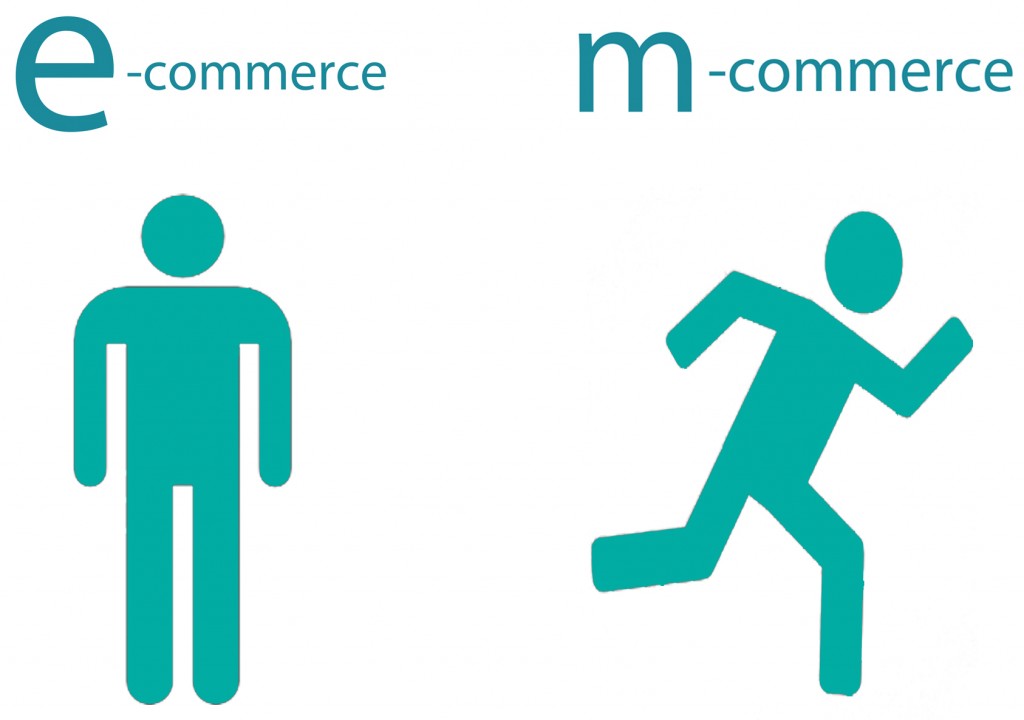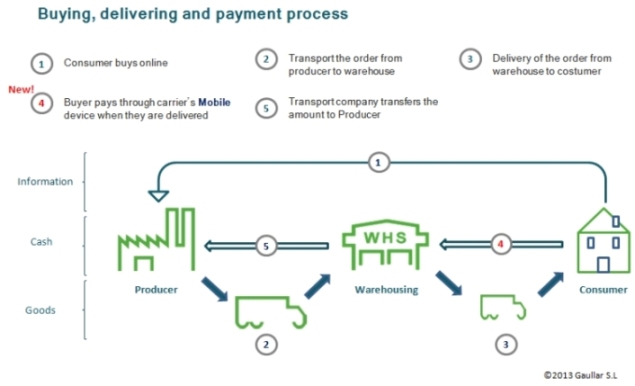Cuando todavía las empresas de logística y transporte no han terminado de adaptarse al e-commerce, las compras a través de internet ya han dado un paso más que exigirá una nueva revolución logística: las compras a través del móvil.
Las compras a través de internet ya no sólo se realizan en casa o en el trabajo, si no paseando al perro, en un autobús, tomando un café o sentado en un parque. Son en esos momentos cuando los compradores se dan cuenta de “qué les falta”. Paseando al perro se dan cuenta que la correa está rota, de vuelta a casa en autobús piensan en comprarse una bicicleta, tomando un café se dan cuenta de que no hay leche en casa o sentado en un parque quieren comprarse unos pantalones cortos.
Las tiendas on-line se han puesto manos a la obra para optimizar sus páginas a los móviles y tabletas, desarrollando aplicaciones para iOS y Android. Los clientes de e-commerce son personas en movimiento que exigen una logística flexible: no permiten estar esperando toda la tarde a recibir sus compras y quieren saber en todo momento dónde se encuentra su pedido. Por esta razón el desarrollo de aplicaciones para iOs y Android no es sólo de obligado cumplimiento para los grandes integradores, que se ya han empezado a lanzar apps, si no para cualquier empresa que ofrezca un servicio de entrega al consumidor final (B2C o C2C). Los sistemas operativos que utiliza el sector ya no sólo están condenados a entenderse entre los informáticos de dos empresas, si no a ser integrables con cualquier web de venta on-line. Desde cualquier dispositivo móvil los usuarios serán capaces de ver dónde se encuentran sus pedidos, la hora estimada de entrega y retrasar la entrega si no va a estar en casa.
GAULLAR colabora con los mejores programadores de estos sistemas para el desarrollo de aplicaciones específicas para el sector, con el objetivo de ofrecer a las empresas de transporte soluciones prácticas y económicas en un sector que para seguir sobreviviendo mide cada céntimo invertido.

